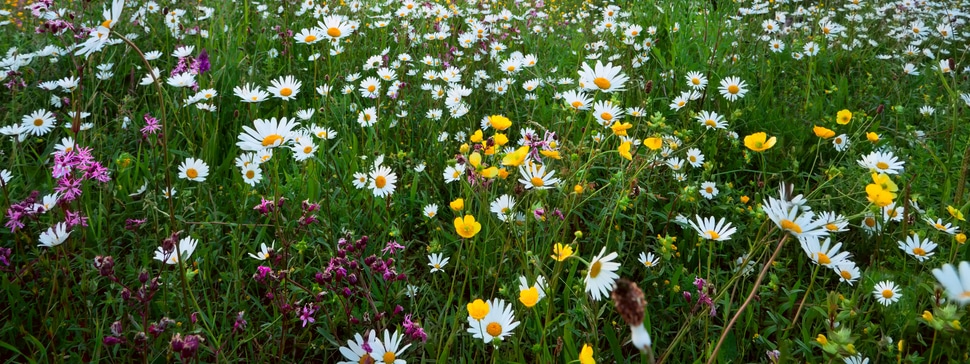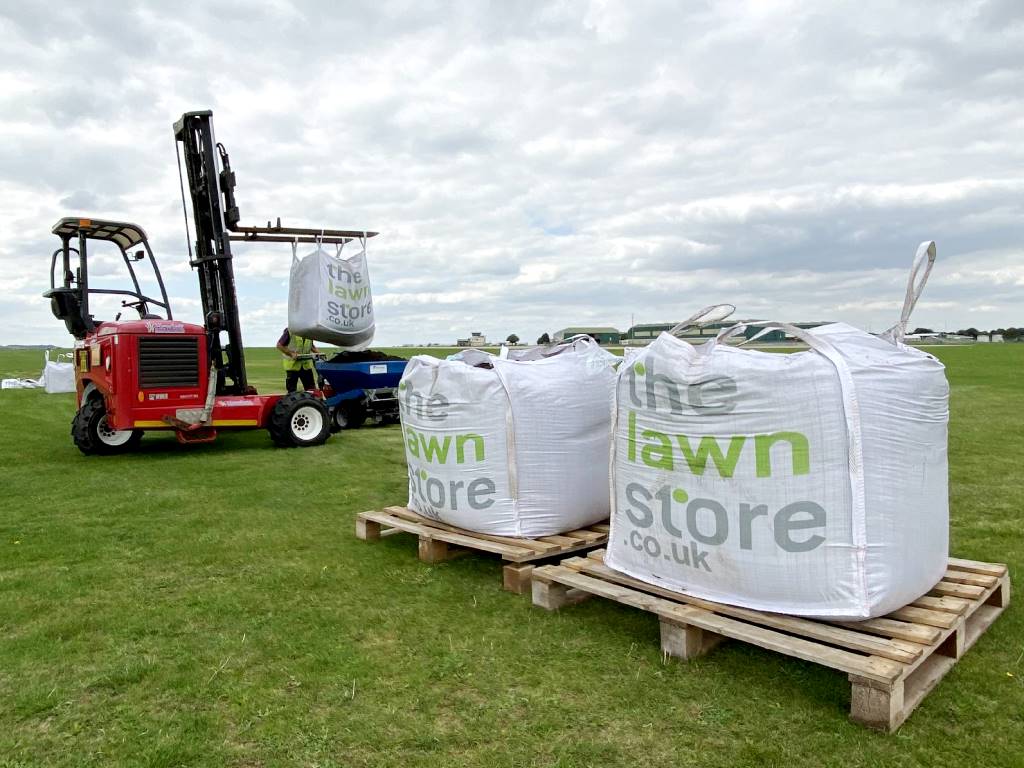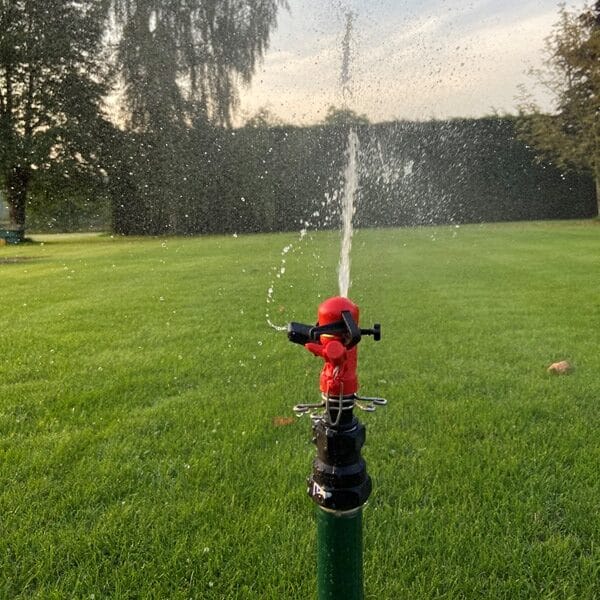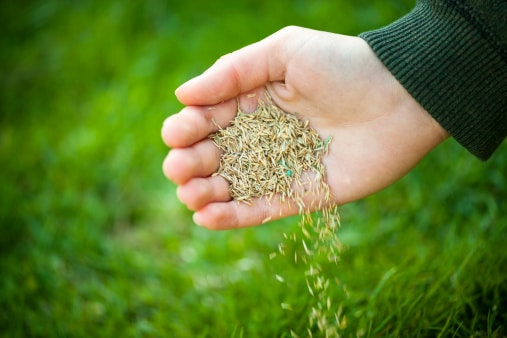Forward planning and an ongoing wildflower management programme is critical for success.
Seeding Preparation
Prep Stage 1
For success when sowing a wildflower meadow it is vitally important that the area to be seeded must be totally free of weeds and grass prior to sowing to reduce unwanted competition as the newly sown wildflower seeds establish.
To create a sterile environment the area to be sown must be totally free of vegetation. This must be planned at least several months in advance and can be done in a variety of ways. Killing off the area two or three times with a total herbicide such as Glyphosate tends to be a popular method or other organic methods such as thoroughly digging through and manually removing the weeds or covering the area with a large plastic sheet 12 months in advance, this plastic sheet method is particularly effective on stubborn weeds such as Couch, Bindweed and Ground Elder which are not susceptible to weed killer.
Prep Stage 2 – Soil cultivation
The area to be sown should be lightly cultivated to create a fine seed bed. Deep cultivation is not necessary and might increase the risk of disturbing dormant weed seeds. Cultivation can be carried out using a rotavator or tiller and the seed bed should be raked down to a fine smooth tilth using a metal soil rake removing large stones or other unwanted debris.
It is preferable that the area should be left fallow after cultivation to allow disturbed weed seeds to germinate so they can be successfully killed off with Glyphosate or removed with a hoe prior to seeding.
Sowing
- Select a wildflower seed mixture suitable for your local environment and soil type.
- Do not apply pre-seed fertiliser
- Sow by broadcasting the seed at recommended rate during the spring or autumn (for many wildflower seed mixtures this is 3-4 grams per square metre.
- Do not rake in too deep, simply firm the seed into the tilth with the back edge of the rake.
Establishment Phase – Year 1
- Keep area moist for best germination results. Never apply fertiliser. Germination will be slow, so be patient.
- Unwanted invasive perennial weeds such as dandelions, docks, nettles, ragwort etc should be dug out by hand or spot sprayed at the earliest opportunity during establishment.
During the first season, the vegetation should be cut down and collected to 5-7 cm whenever the sward reaches 10-20 cm. The number of cuts required will depend on the soil’s fertility. This cutting regime has the purpose of eliminating any annual weeds by not allowing them to flower. If an annual wildflower mix has been included, this should be mowed down after it has flowered towards the end of June and before it becomes too invasive.
A Guide for Subsequent years Management Regimes
There are a number of options for subsequent management depending on the soil fertility, the weather conditions in the individual seasons and what your objectives are.
The classic wildflower meadow is a hay meadow with a cut taken in late July/early August and a further cut in the autumn. The cuttings are always removed, especially after the hay cut. This management regime aims to replicate the practice of taking hay in the summer and grazing the field over the winter.
If the soil is fertile, or the growing season is especially good, this can result in very strong grass growth swamping the wildflowers, lodging (falling over) and looking untidy in the summer. In this case, the management regime can be modified. One, and possibly two, additional cuts (if the site is especially fertile) in the spring and early summer (i.e. April/May) can be introduced. Cutting at this time reduces the grasses’ vigour, results in a shorter sward and a later flowering.
Spring flowering meadows have their first cut taken in late June. A second cut can be made in late July or early August followed by a further cut in the autumn. This management regime encourages spring flowering wildflowers (e.g. cowslips, cuckoo flowers) and the shorter wildflowers (e.g. birdsfoot trefoil, daisies and selfheal) during the summer.
Late summer flowering meadows can be encouraged by only cutting in the autumn but adding one or two spring cuts if especially fertile.
Need the professionals to create a wild flower meadow for you, visit Hewlett Turf & Landscapes Ltd.









